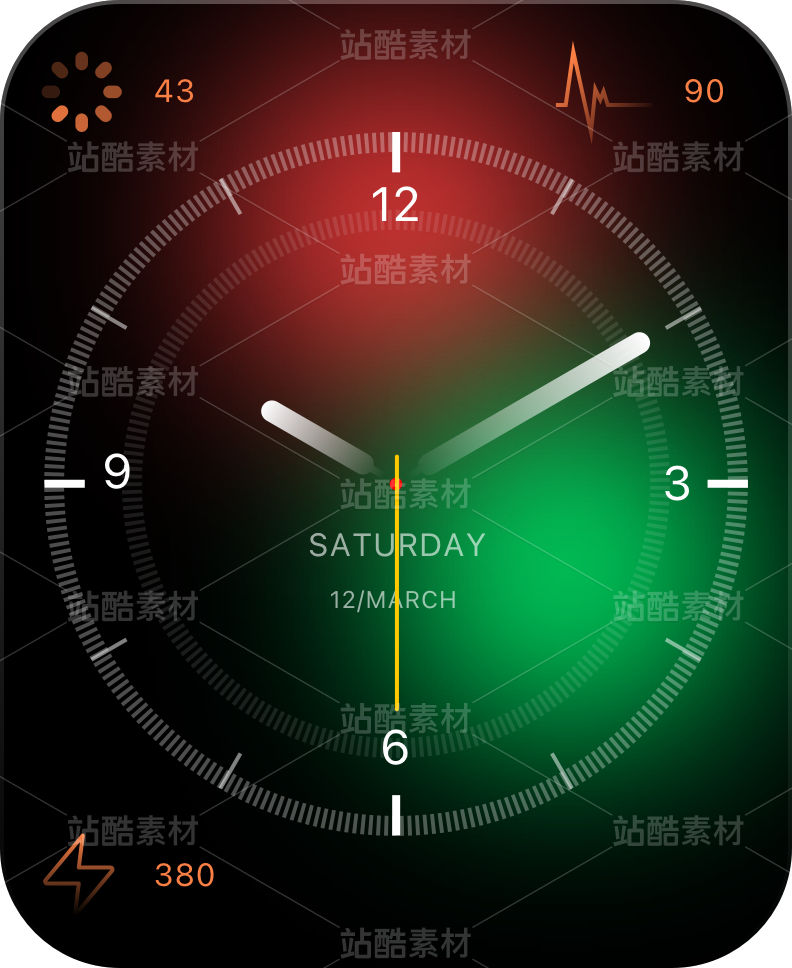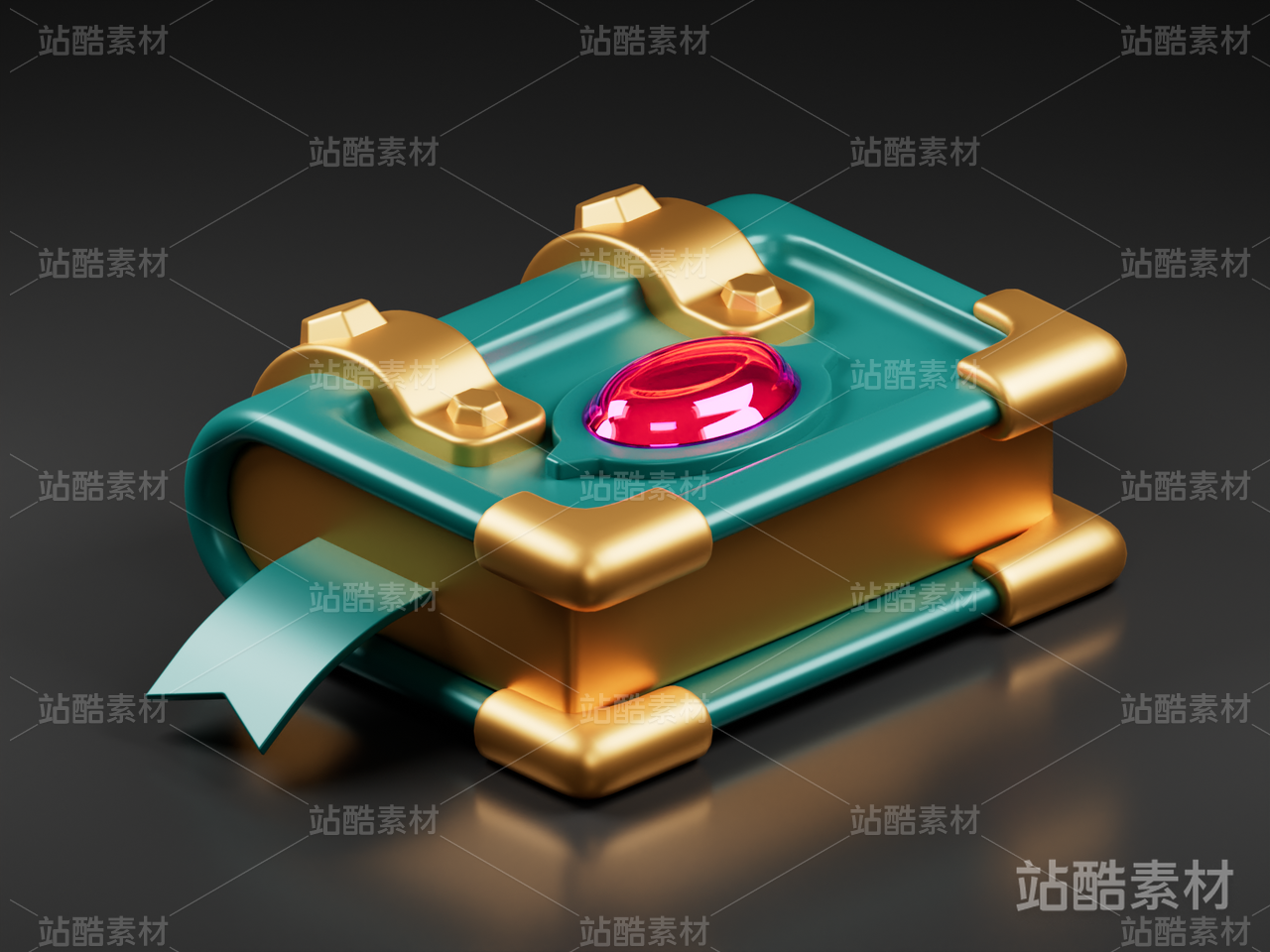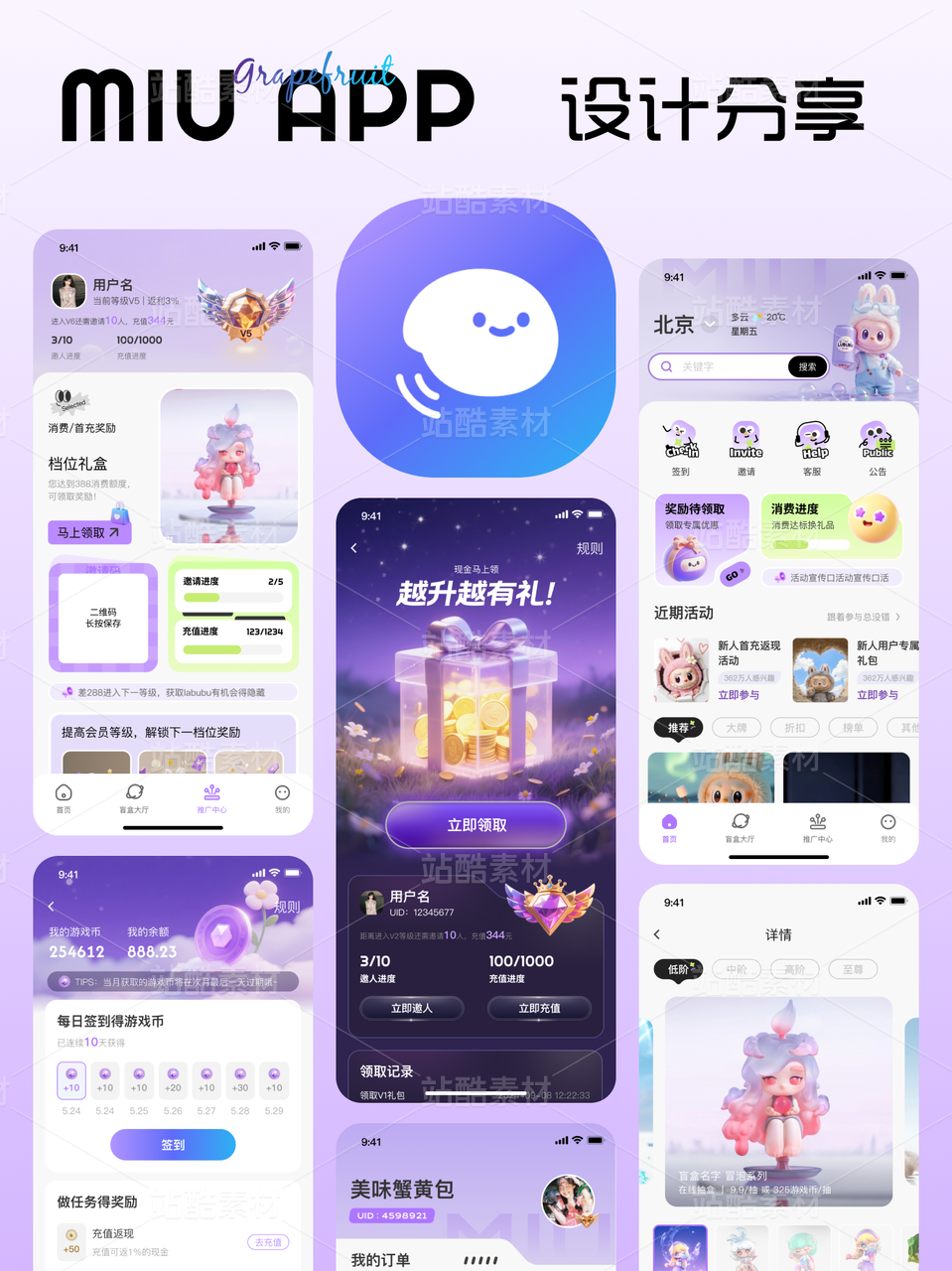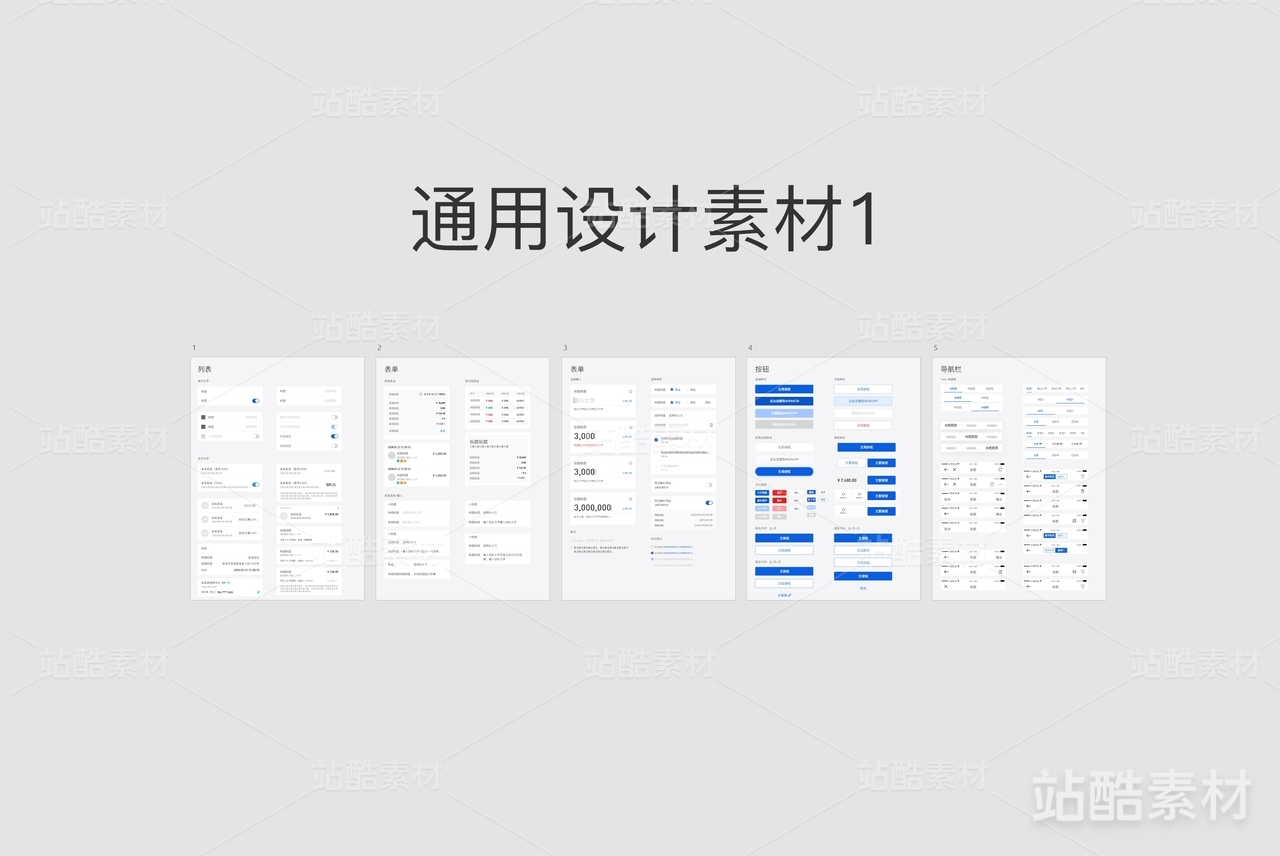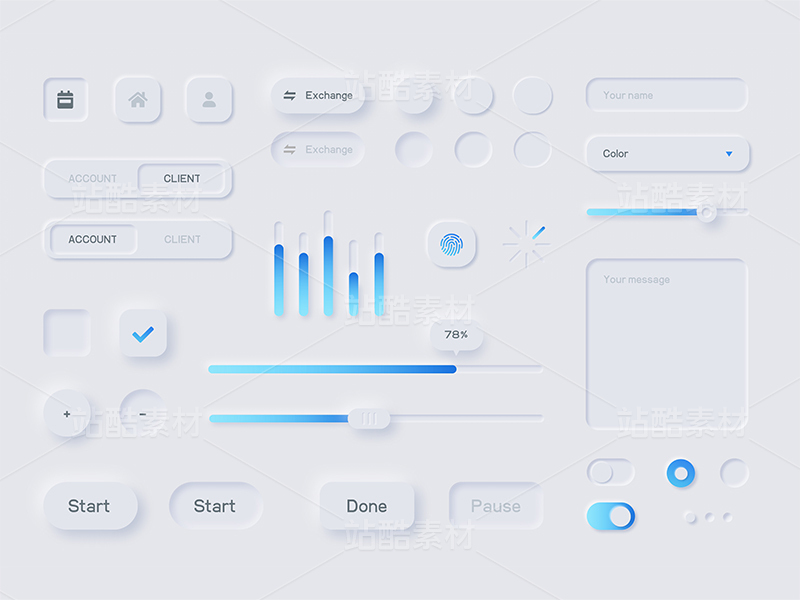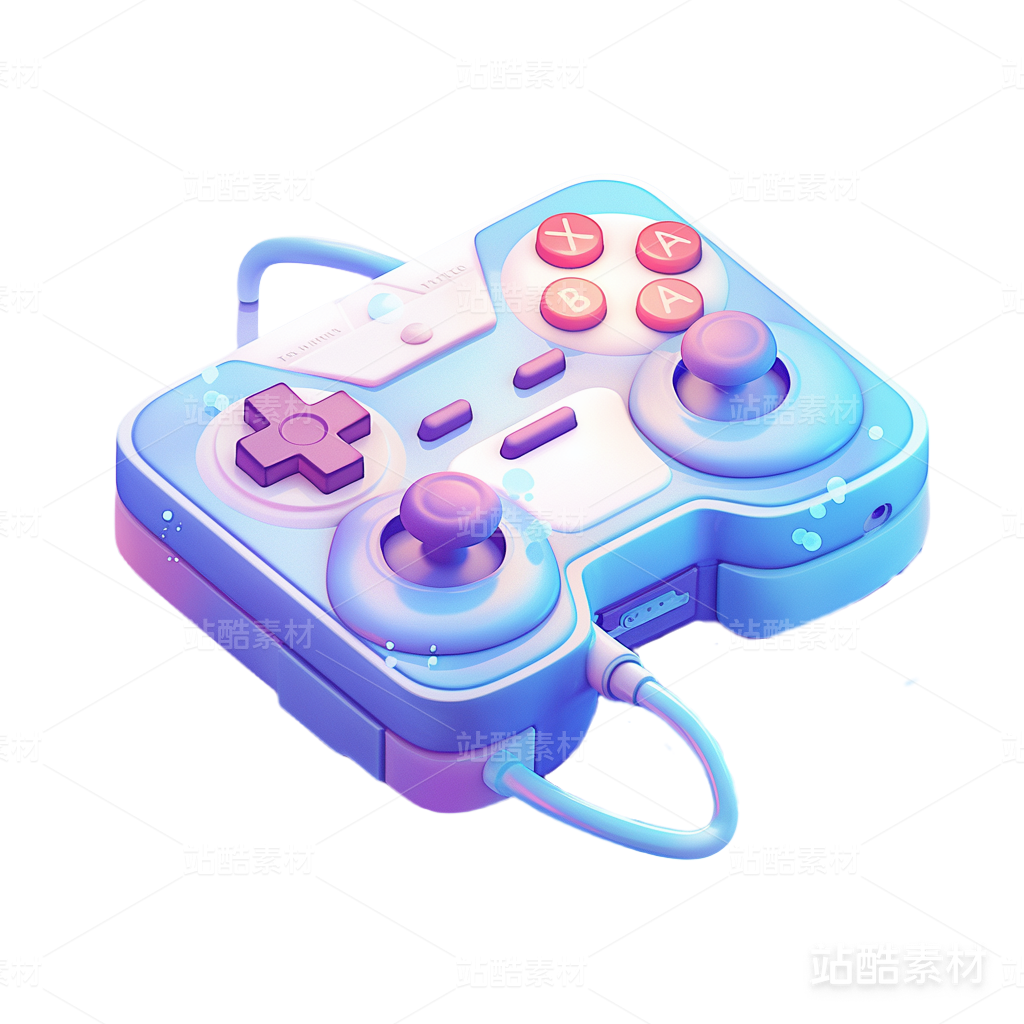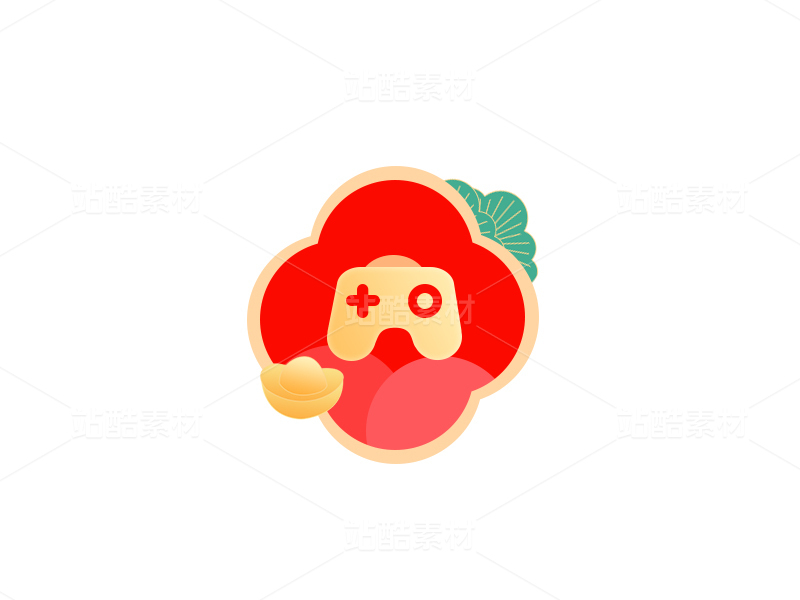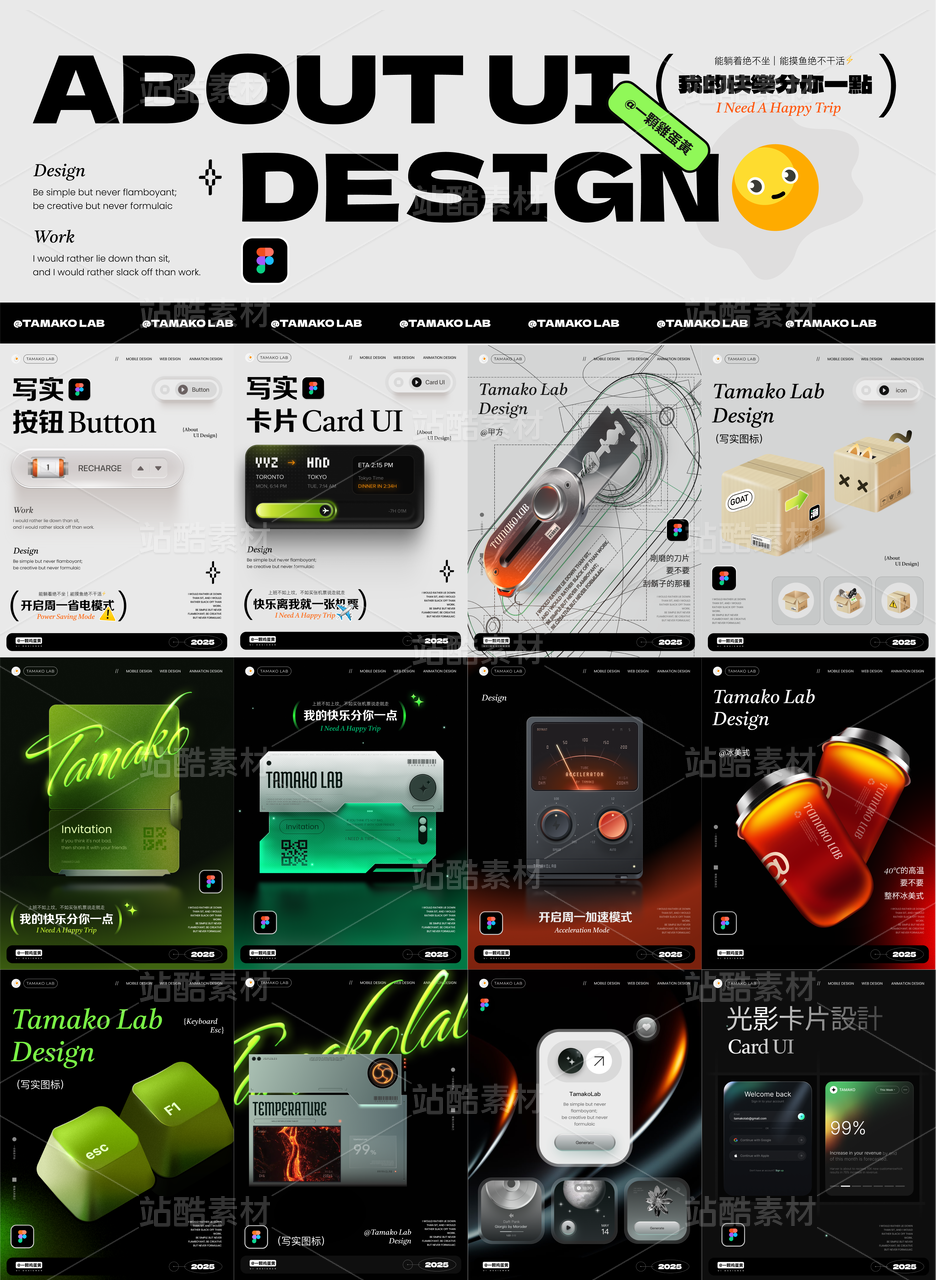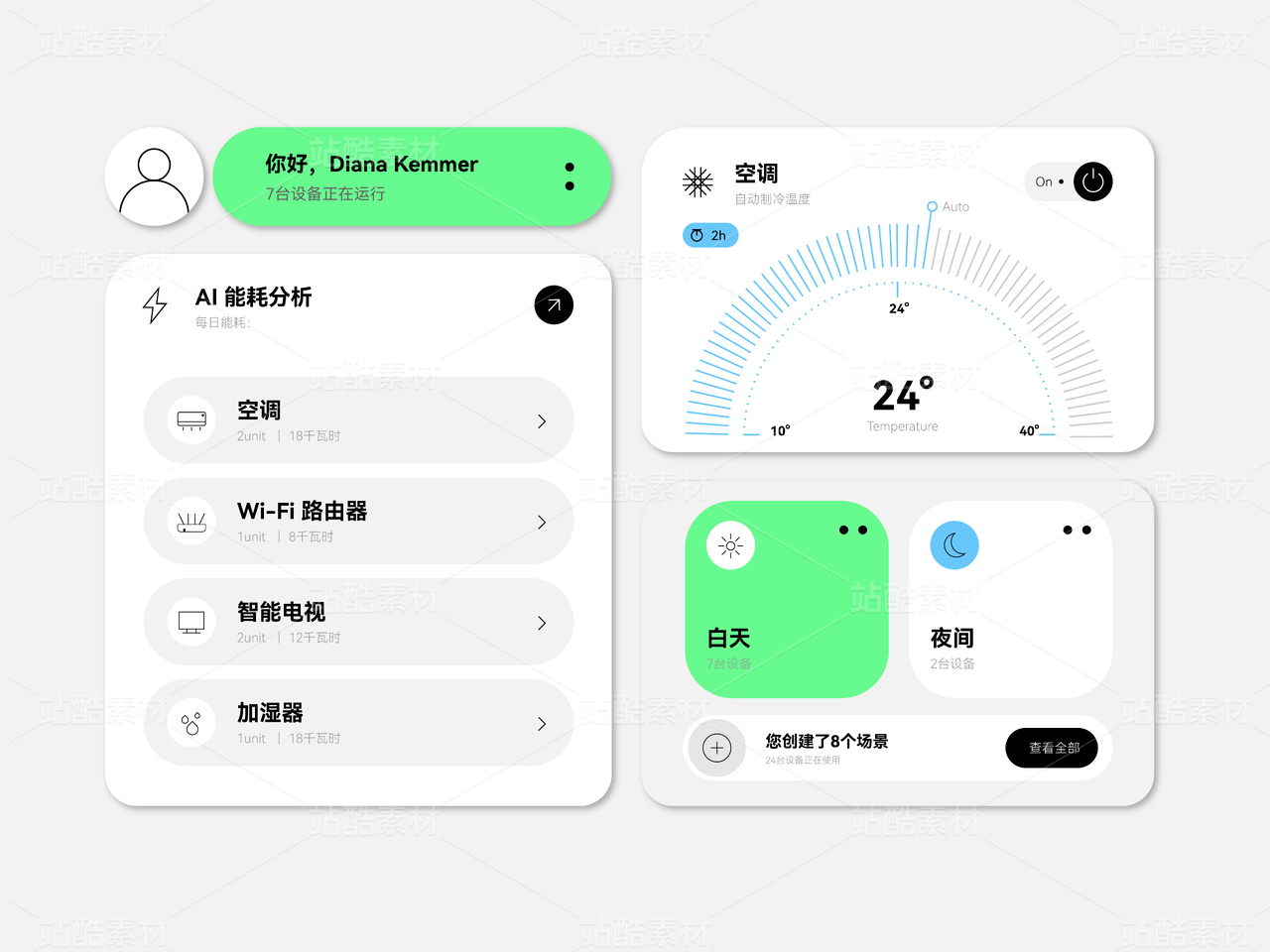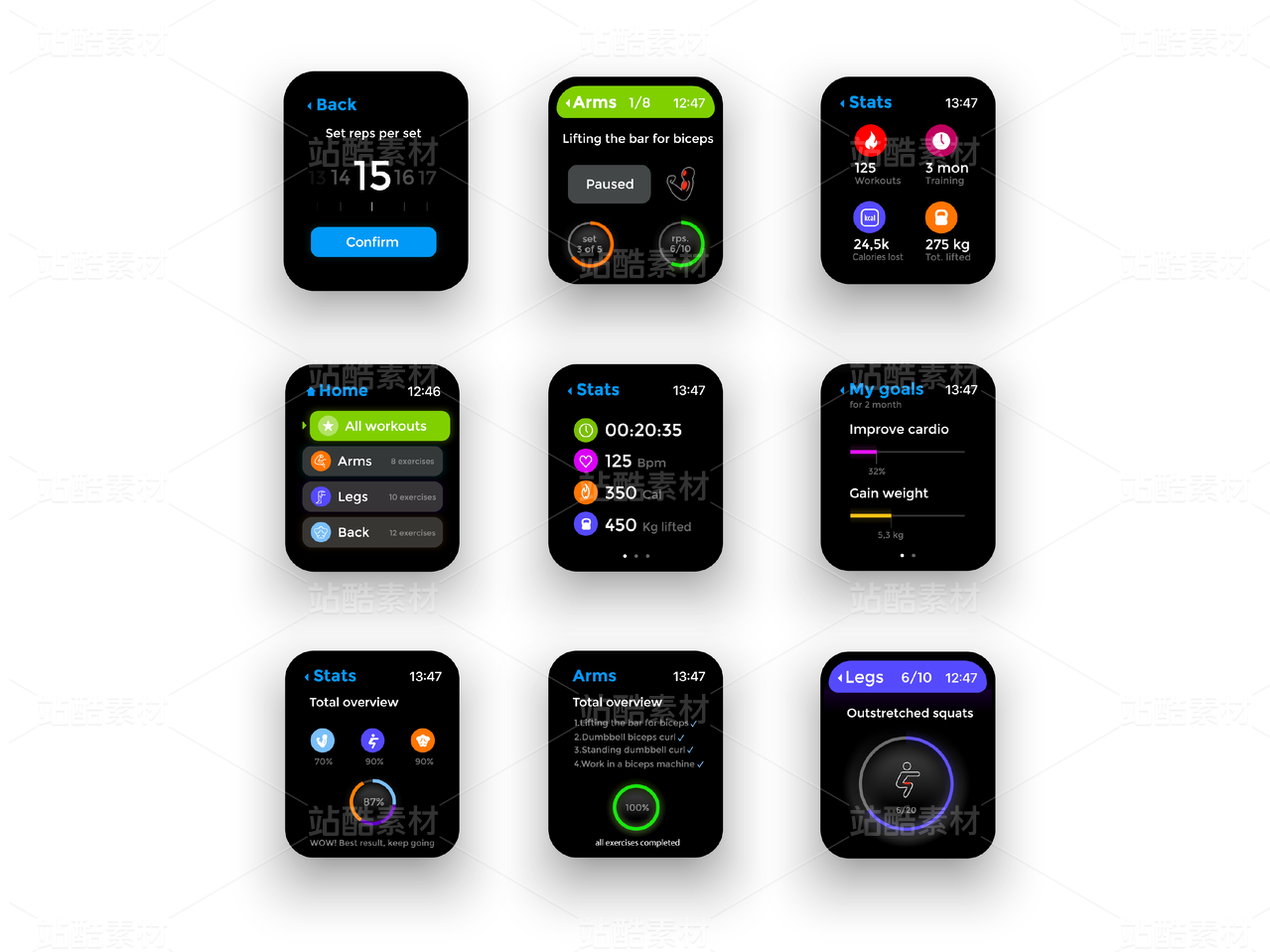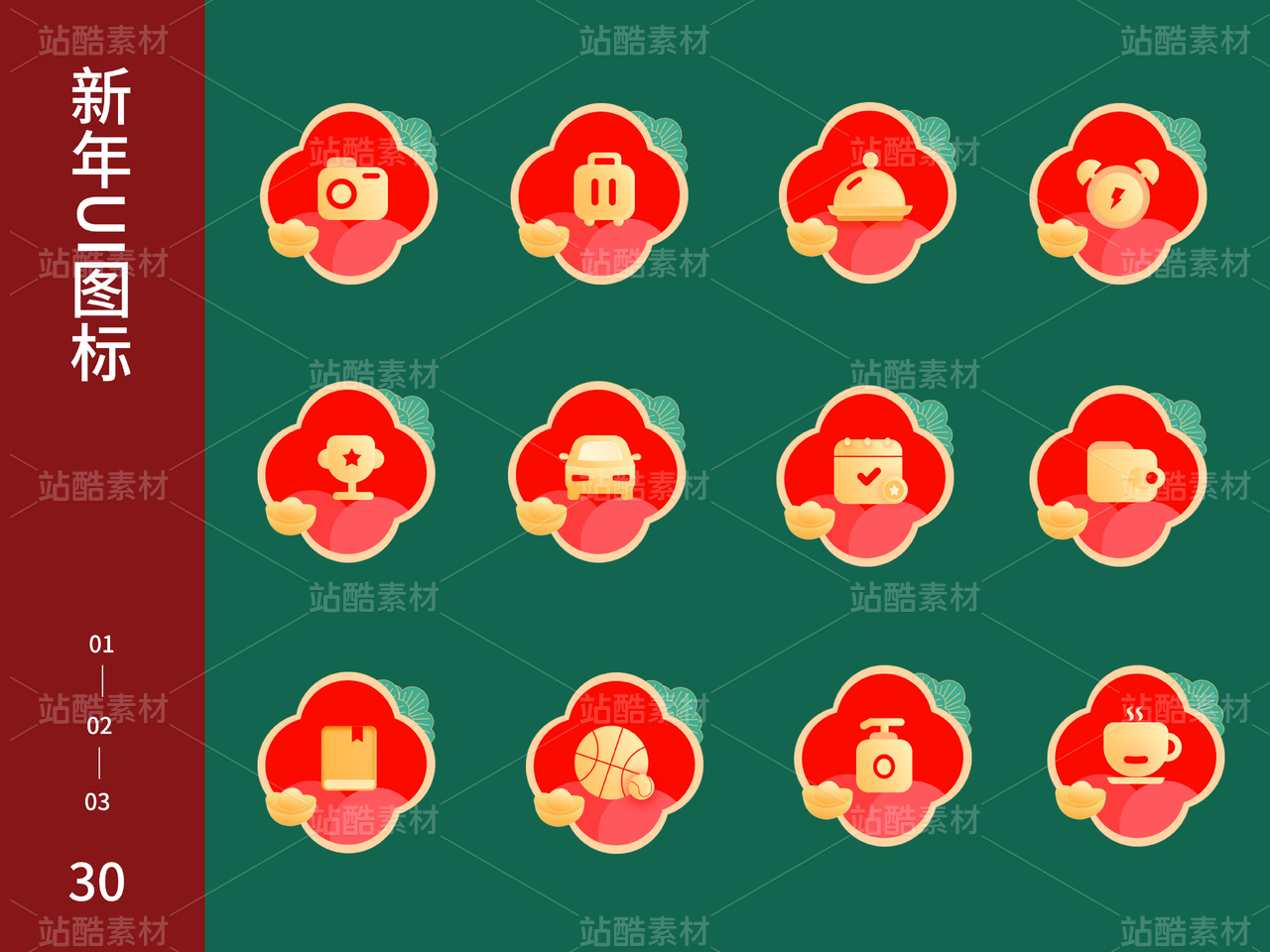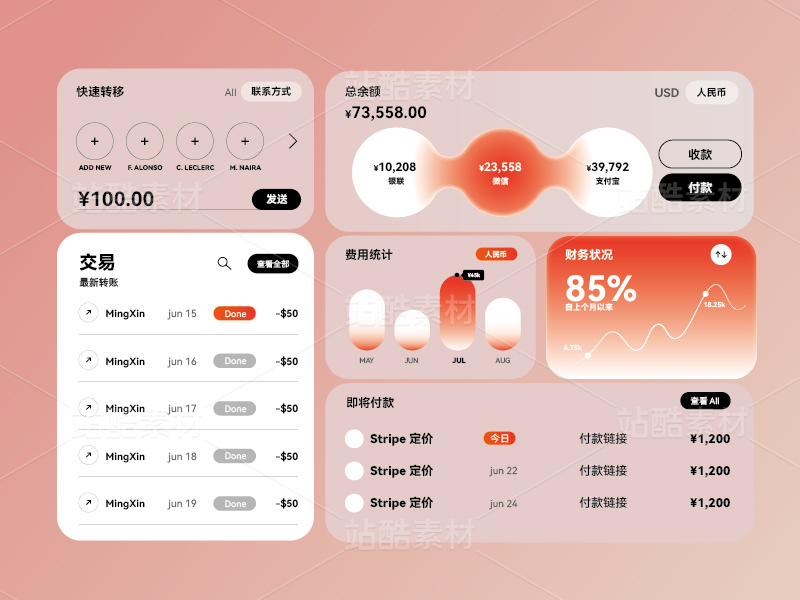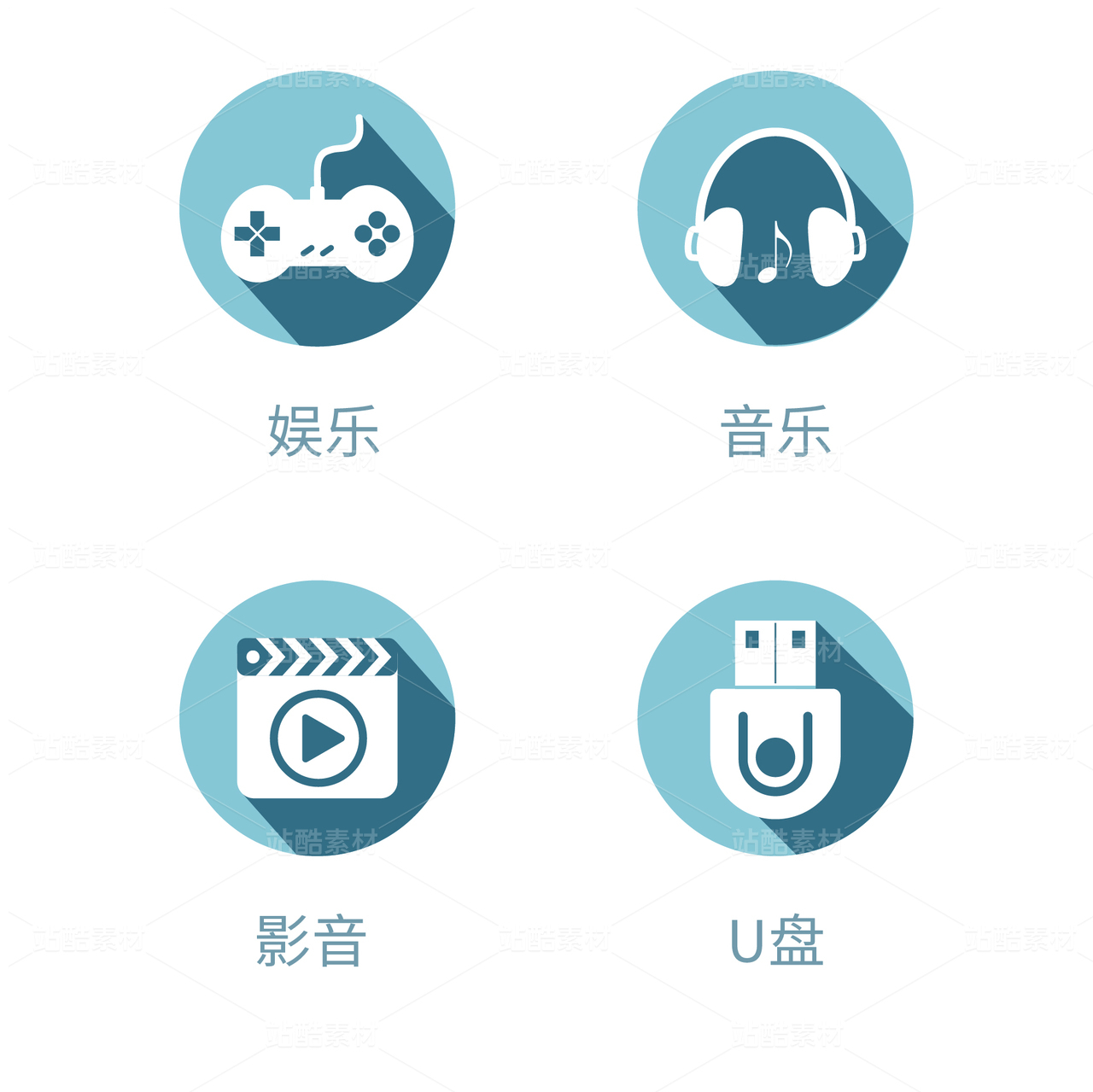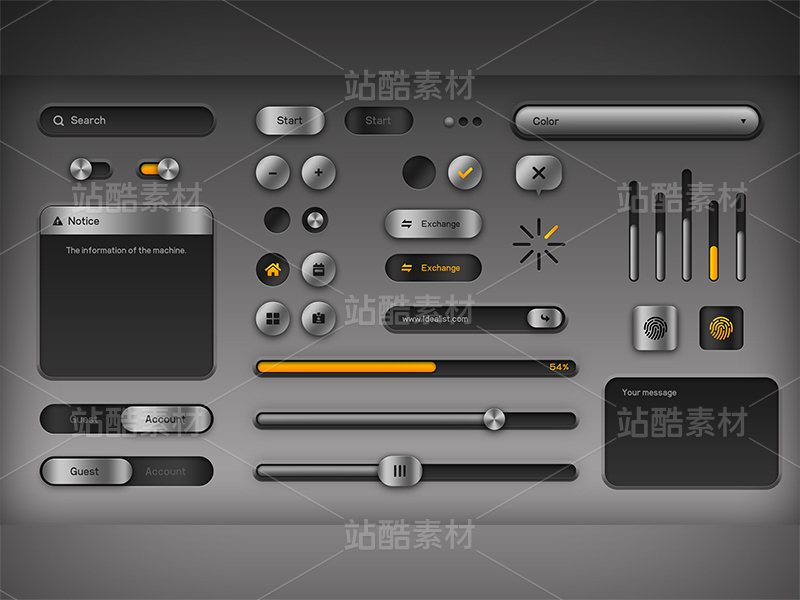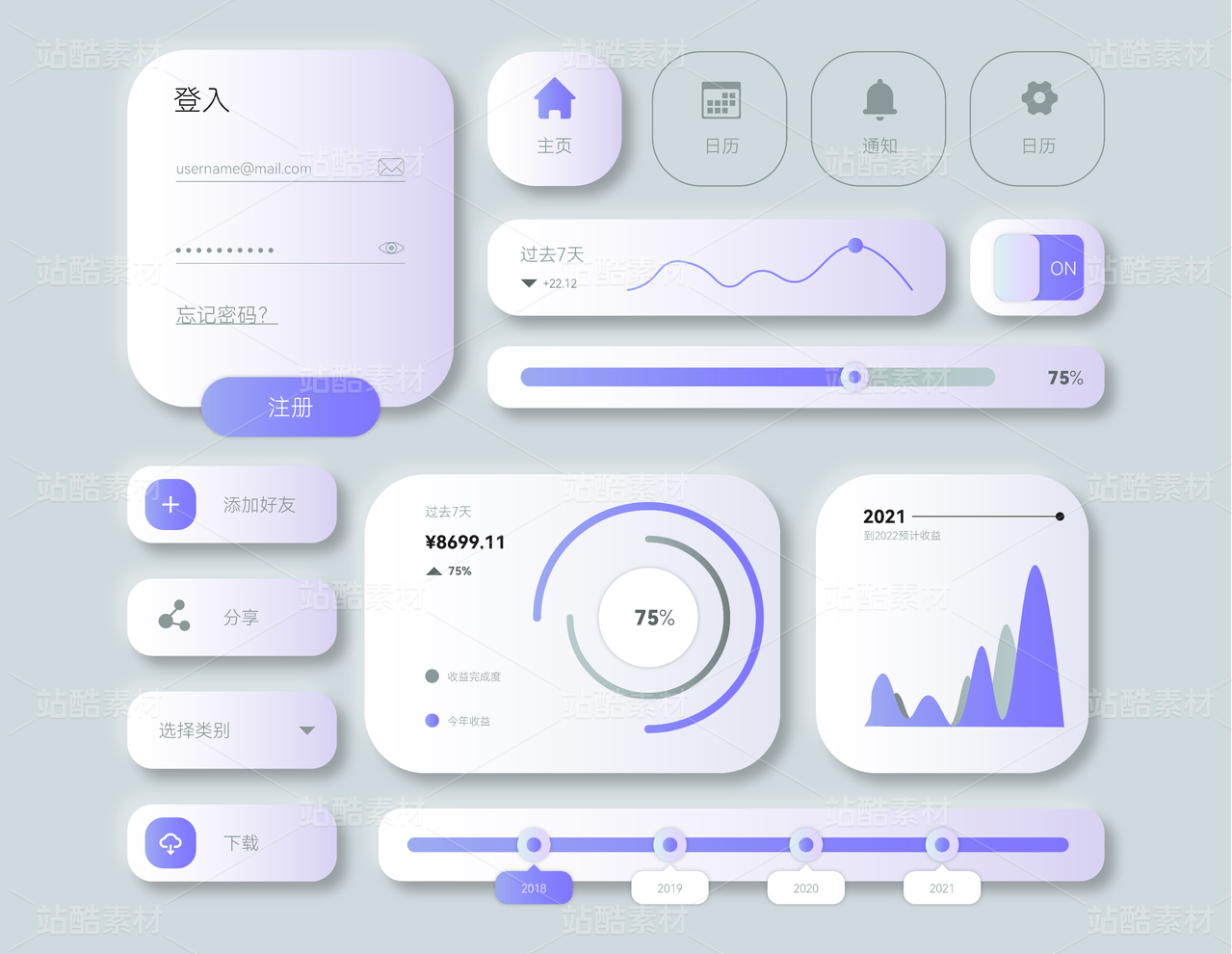The Design Principles of Game UI
An analysis of the design principles of game UI
Game UI design is an extremely important job, as it directly impacts the player experience and the game’s playability. Good UI design can help players quickly get into the game, and improve the game’s usability and playability. Below are several basic principles of game UI design.
Firstly, the principle of usability.
The good UI design must be easy to use, ensuring players can quickly get into the game and easily complete operations. A simple, intuitive and easy to understand UI design can make players more comfortable enjoying the game. To achieve this, game UI designers need to consider the problems players may encounter while using the game UI from a player perspective, and then design the UI to solve these problems.
Secondly, the principle of visibility.
Game UI design must have good visibility, ensure that players can easily find the information and elements they need. A good UI design should ensure that the content is displayed clearly and that the interface is easy to understand without affecting the visual effects. In addition, the combination of color and text is also a key aspect, as game UI needs to perform well on different screen sizes and qualities.
Thirdly, the principle of consistency.
Good UI design should have a high degree of consistency. Consistent UI design can make it easier for players to learn how to use the game and adapt to similarities between different elements. In game UI design, designers need to pay attention to the size, color, font, arrangement, and interaction methods of UI elements, ensuring they are consistent and can produce a coherent experience.
Fourthly, the principle of responsiveness.
Good game UI design needs to have high responsiveness. Responsiveness refers to UI design being able to respond promptly to the user’s input, enabling users to quickly see the effects and adapt to different screen sizes and devices. A good UI design should respond quickly, including interaction methods and animating game elements.
Finally, the principle of virtuality.
Game UI design must have virtuality. Virtuality refers to UI design that must conform to the game design style and perfectly blend with the game world. Game UI design should create a kind of integration with the game world, enabling players to better immerse themselves in the game.
These are the basic principles of game UI design that can help game UI designers design reliable, easy-to-use user interfaces. Good UI design can greatly enhance the game’s playability and spatial sense, enabling players to better immerse themselves in the game. Good UI design can solve various problems in the game, such as simplifying operations, increasing the difficulty of the game, displaying game data and strengthening game copyright maintenance, and providing players with a more relaxed and simple way of interaction.

























